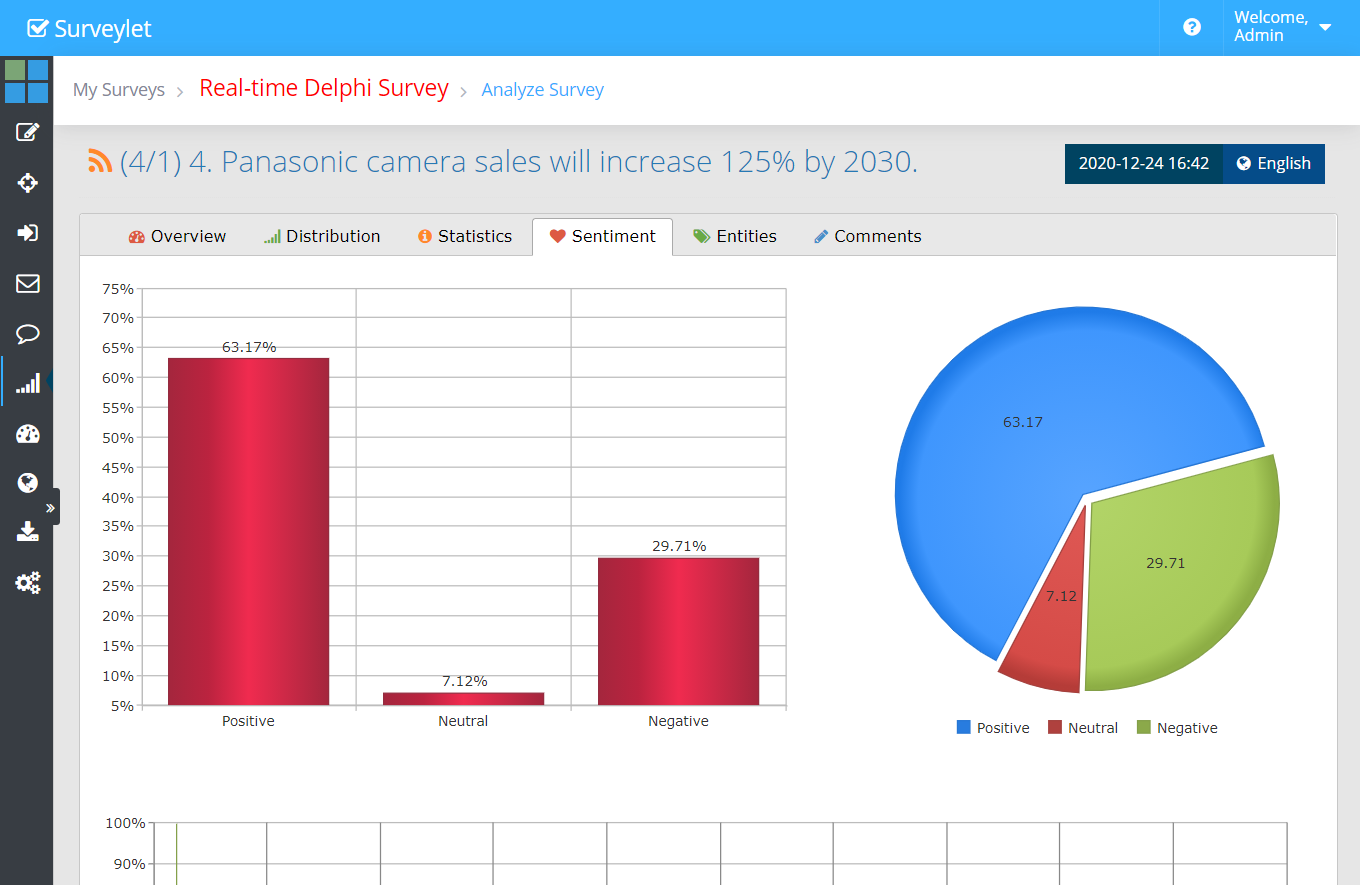Sentiment Tab
Sentiment analysis refers to the use of natural language processing, text analysis, computational linguistics, and biometrics to systematically identify, extract, quantify, and study affective states and subjective information. Sentiment analysis lets you analyze the sentiment behind a given piece of text. In this article, we will look at how it works along with a few practical applications.
What is Sentiment Analysis?
Sentiment analysis is a technique through which you can analyze a piece of text to determine the sentiment behind it. It combines machine learning and natural language processing (NLP) to achieve this. Using basic Sentiment analysis, a program can understand whether the sentiment behind a piece of text is positive, negative, or neutral. It is a powerful technique in Artificial intelligence that has important business applications. For example, you can use sentiment analysis to analyze customer feedback. After collecting that feedback through various mediums like Twitter and Facebook, you can run sentiment analysis algorithms on those text snippets to understand your customers' attitude towards your product.
How Sentiment Analysis Works
Sentiment analysis is an optional service and it requires the purchase of the Natural Language Processing services. It uses a combination of NLP and machine learning algorithms. Surveylet Sentiment Analysis service analyzes opinions found in texts. It first identifies the topic(s) (topic=entity) that are being discussed in a particular text and then evaluates the opinion(s) expressed about the topic(s). The result is a numeric score that is either positive or negative.
For example, for the sentence “I have a beautiful house in London, but it is in a very bad neighborhood.” Surveylet sentiment analysis would identify the topic being discussed as ‘house’ and then establish a relationship between 'house' and 'beautiful’ based on the Surveylet engine’s deep knowledge of language. ‘Beautiful' is understood as a positive opinion expressed about the topic ‘house’ and so the numeric score of the sentiment analysis would be positive. A relationship is also established between 'neighborhood' and 'house' whose sentiment is negative. When a text is sent to the sentiment analysis API endpoint, it is divided into different sentences, and analyses are automatically performed on each sentence. If a sentence contains no sentiment expression, it receives a score of ’0’ and the corresponding fields for ‘topics’ and ‘sentiment expressions’ are left blank. Surveylet combines the positive and negative entities in each sentence to arrive at a sum of total value which will be the score of the sentence.
The Natural Language Processing module is using a linguistic analysis for entity extraction, phrase extraction and entity analysis (see below).
-
Sentiment Analysis: Identify the topics of conversation and evaluate, extract and quantify the emotional state or attitude of your customers towards those topics with a polarity score value.
-
Phrase Extraction: Extract the relevant multi-word noun, verb, adjective or adverbial phrases using morphological and syntactic analysis.
-
Entity Extraction: Extract the relevant named entities (personal names, places, companies, addresses, dates, phone numbers, etc.).
Sentiment Analysis
